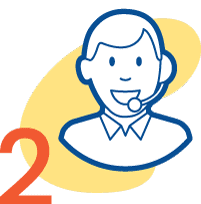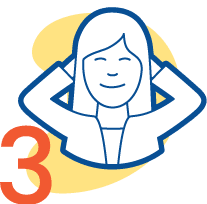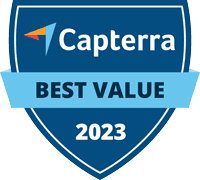Student Information System
Simplify and Succeed
Easy-to-use software to help your school save time, improve enrollment and fulfill its mission.
School management is full of challenges. Your student information system shouldn’t be one of them.
What Customers Are Saying
We are honored to be ranked as one of the highest-rated SISs on the market.
Click here to see what some of our customers have to say about Gradelink.
School Websites Made Easy
Get a school website that is designed to boost enrollment, easy to manage, and backed by professional support.
Get Gradelink Today
Empower your school to perform at its best with integrated management, teaching and learning tools from Gradelink Student Information System.
21 Years in Business
2000+ Schools
400K Users








